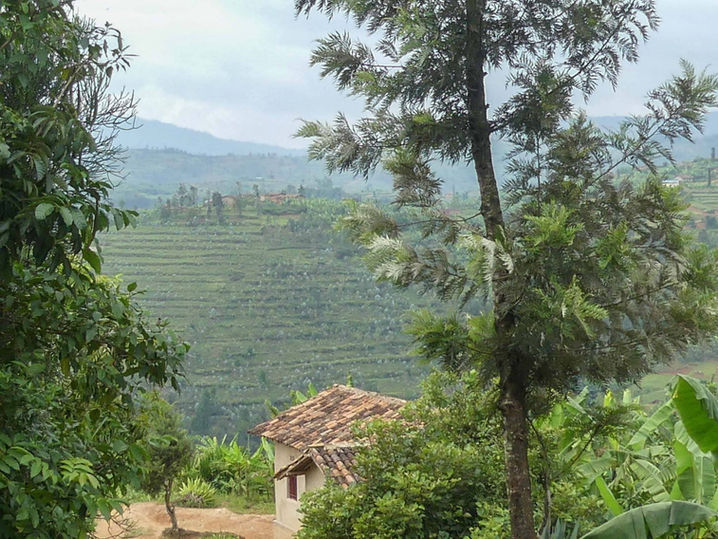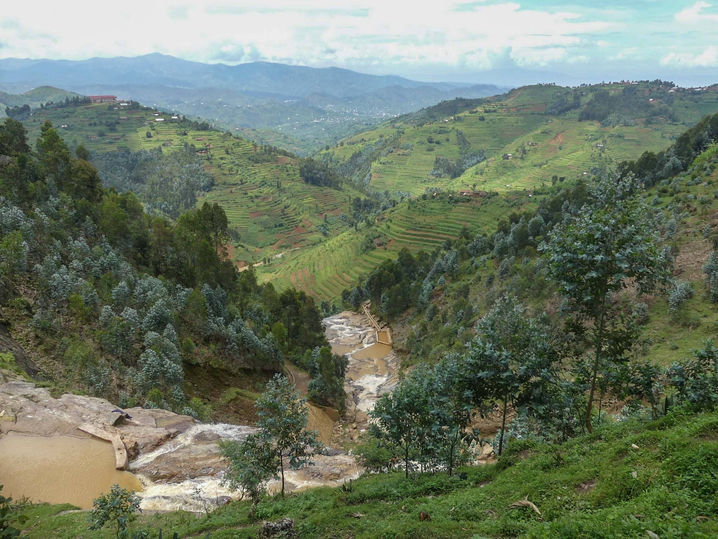Impressions of Rwanda
My ‘impressions of Rwanda’ come with a warning: discovering Rwanda is not a jolly thing; it is above all a voyage that brings home the savagery to which blind human madness can lead, … and did effectively lead in April 1994, here, in Rwanda. There is no way of visiting the country without a daily harsh confrontation with the traces of the 1994 genocide, in which approximately a million people were brutally murdered in just over three months, only for belonging to the wrong tribes of Tutsi and Twa. The scars are omnipresent and deep: the bullet holes in the walls of Camp Kigali, where ten Belgian peacekeepers under UN mandate were coldly executed on the second day of the nightmare, on April 7th 1994; and all over the country, in any city, in any village, genocide memorials and mass graves, massive piles of clothes of the victims in churches where they had in vain sought collective asylum and protection against the machetes, hammers and guns of their unchained mob attackers.
Here in Rwanda, contrast triggers no fascination, as it usually does. In this country, contrast brings nothing but a chilling and deeply disturbing sensation: the unimaginable scars of 1994, savagely disfiguring an otherwise inviting, richly green country, with tea plantations on the steep hills that descend into lush valleys and beautiful Lake Kivu.
I am told that there are no longer Hutus and Tutsis in the country, that there are only Rwandans. I feel that my hope that it is true receives a bit of a boost, as I listen to the beautiful choir chants which accompany the traditional Intore dancers near Lake Kivu.
Before visiting the place of your choice:
The Western shores of the 90 kilometres long Lake Kivu belong to Congo, the Eastern shores are Rwandese. Lake Kivu is situated at an altitude of 1460 metres, has a maximum depth of 475 metres and is part of the Great Rift, the geological fault which is slowly separating East Africa from the main African continent. This also explains the volcanic activity in the area. Actually, the idyllically looking Lake Kivu is quite treacherous as it is one of the few lakes in the world where the danger of limnic eruptions is real. A limnic eruption is the phenomenon by which a large quantity of dissolved carbon dioxide and volcanic methane is suddenly released from the deep lake waters to the surface, subsequently suffocating wildlife and humans in the wider surroundings. Such a disastrous limnic eruption is estimated to occur at Lake Kivu about once in a thousand years. You'd be very unlucky if you just happened to visit the place at the very moment that Mother Nature plays the trick .... Although...., it happened in 1986 in Lake Nyos, Cameroun.

© 2020.Created by Marc Van den Reeck with Wix.com























